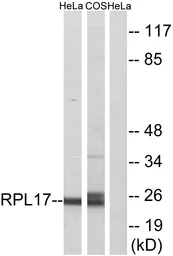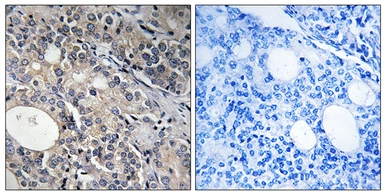RPL17 antibody
Cat. No. GTX87817
Cat. No. GTX87817
-
HostRabbit
-
ClonalityPolyclonal
-
IsotypeIgG
-
ApplicationsWB IHC-P
-
ReactivityHuman, Monkey

